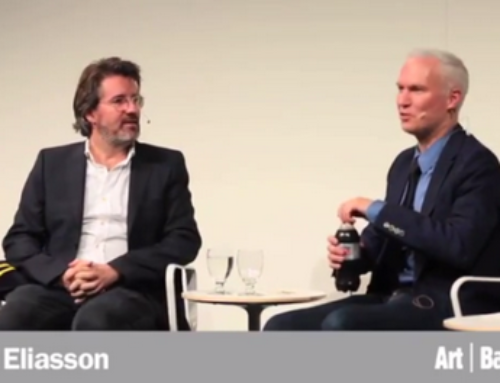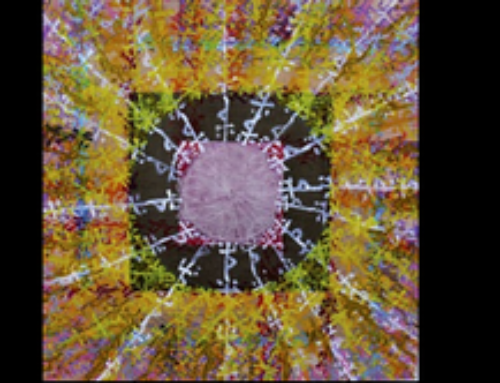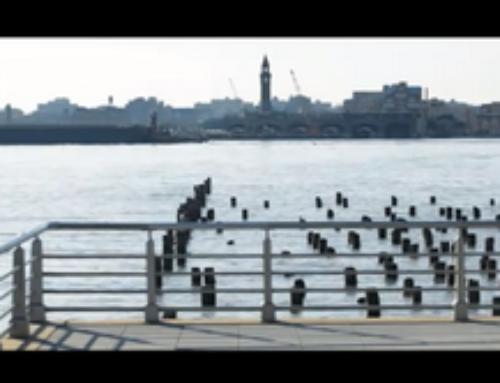Does size matter? Miniatures have a power of their own, they force us to pay attention, to look closely at the details, to find meaning in the way they are displayed, to take in the whole as well as its parts.
Apart from telling a story, contemporary artist Liliana Porter addresses larger philosophical questions with her installation “The man with an axe and other brief situations -Venice 2017”.
Set on a white, monochromatic background, the installation displays a sumptuous array of hundreds of small objects from tiny figurines to life-size items, some in pieces, some in shreds. One element -old clocks- becomes repetitive, as if binding together different scenarios and dimensions of time.
The exploration of time is a central theme for Porter. As time passes, the line between reality and imagination dissipates and the perception of the present moment begins to merge with the exaggerated, fragmented remembrance of the past. There is a replica of the car and its passengers depicting the assassination of John F. Kennedy, a broken head of Chairman Mao, Mickey Mouse’s black shoe, elements of the recent past. The present is the lonely “traveler”, the figurine of a man with a suitcase, an immigrant or refugee, who lives in one place but is burdened with the constant memory of another country, an experience that messes with the notion of time and reality.
Born in Argentina, Liliana Porter works with a variety of media, including photography, printmaking, painting, drawing, video, theatre and public art. Probably her most ambitious installation, “The man with an axe”, which first appeared at the Venice Biennale of 2017, was later acquired by the Perez Art Museum Miami.
The figurine of the man breaking up larger objects into pieces with an axe is part of “Forced Labor”, an on-going series that Porter explores to show mankind’s inability to find self-realization or the meaning of life. “These ‘theatrical vignettes’ are constructed as visual comments that speak of the human condition,” said Porter. “I am interested in the simultaneity of humor and distress, banality and the possibility of meaning.”
More often than not, miniatures are small in size, monumental in existential metaphor.







